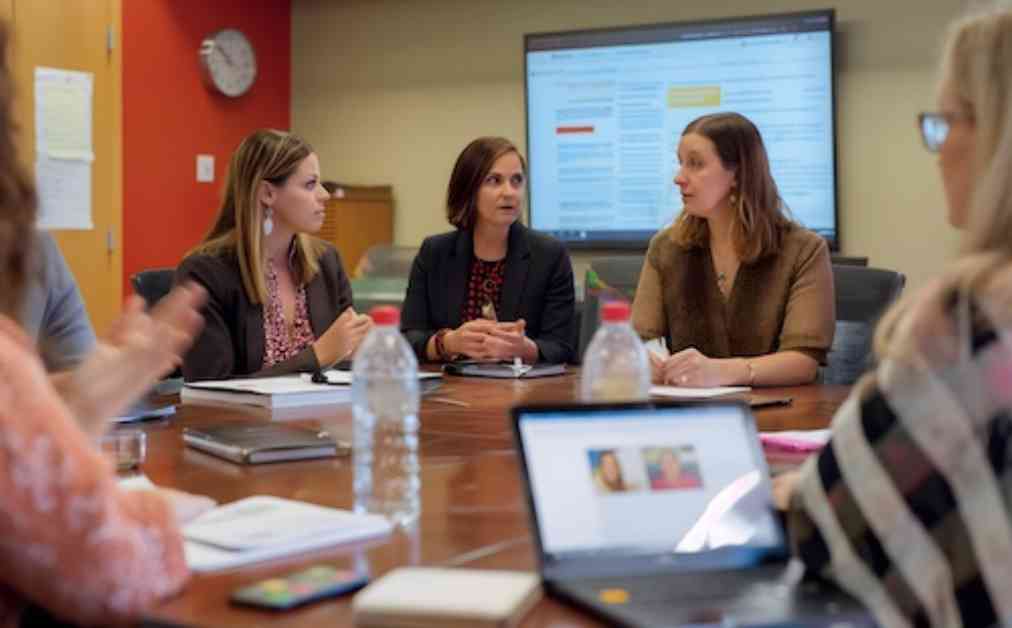The best teacher professional development is an empowering experience that equips educators with the skills and insights they need to grow and thrive in their careers. While traditional lecture-based sessions still exist, an increasingly common approach is to offer a dynamic range of opportunities–from hands-on workshops and interactive learning experiences to flexible, self-paced online learning.
Historically, professional development often meant hours of passive listening, with minimal opportunity for interaction or collaboration. This traditional approach failed to model the effective teaching practices that educators are expected to use in their own classrooms. Today, however, this model is increasingly being replaced by a more engaging, choice-based approach. Schools and districts are recognizing the importance of tailoring professional development to the specific needs, interests, and career goals of their educators. By moving away from one-size-fits-all programs, they are creating opportunities that are more relevant, meaningful, and empowering for teachers.
To create effective professional development programs, schools and districts are encouraged to consider several factors that can significantly impact the growth and success of their educators. By focusing on relevance, fostering relational connections, and ensuring that learning is recurring, administrators can build development initiatives that not only resonate with teachers but also lead to meaningful, long-term improvements in teaching practices.
Professional development is most effective when it is aligned with both the broader goals of the school or district and the individual aspirations of each teacher. Rather than forcing every teacher into the same mold, productive professional development offers personalized opportunities that allow educators to pursue areas where they want to grow professionally. Tailoring professional development to meet these varied needs ensures that every teacher can engage in learning that is directly applicable to their unique challenges and career goals.
Professional development provides the opportunity for relationship-building among participants. By creating opportunities for educators to connect, share ideas, and build networks, professional development can foster a sense of community and mutual support. This focus on relationships not only enriches the learning experience but also encourages the ongoing exchange of ideas and best practices long after the session ends.
Professional development makes a lasting impact when it moves beyond the “one-and-done” approach. While single-session trainings are still common, they often fail to sustain behavioral changes. Schools that commit to a model of continuous learning that includes follow-up sessions, ongoing practice, and coaching are most likely to be effective in developing their teachers. This recurring approach ensures that professional development isn’t just a checkbox to tick off but a process that supports long-term growth and development.
Designing effective professional development usually looks a little different between the district level and individual schools. While schools focus on the specific development needs of their teachers, districts balance individual school needs with broader, district-wide strategic goals. Recognizing the differences in how professional development is implemented at these levels will help create programs that truly support educators.
At the district level, professional development is often guided by a strategic plan that outlines the district’s long-term goals. With potentially hundreds of schools under its umbrella, each school district faces the challenge of providing the resources and guidance necessary to balance district-wide initiatives with the professional learning needs of individual schools. This requires flexibility in approach and a strong, clear vision that is often set by the superintendent, the board of education, or other upper-level management such as assistant superintendents or directors of curriculum and instruction.
At the school level, the focus of professional development is typically more tailored to the immediate needs of teachers and students. Principals, instructional coaches, and instructional leaders are responsible for setting these priorities. Before establishing a vision for professional development, school leaders are encouraged to engage in conversations and data gathering to understand the specific needs and desires of their teachers, as well as the broader goals of the school.
Districts that seek to create useful, sustained professional development can do so by aligning their efforts with both school-specific needs and district-wide goals. When districts provide relevant content, encourage relationship-building between teachers and facilitators, and give recurring support, professional development not only helps teachers grow but also strengthens the district’s overall strategy, leading to lasting improvements across all schools.

